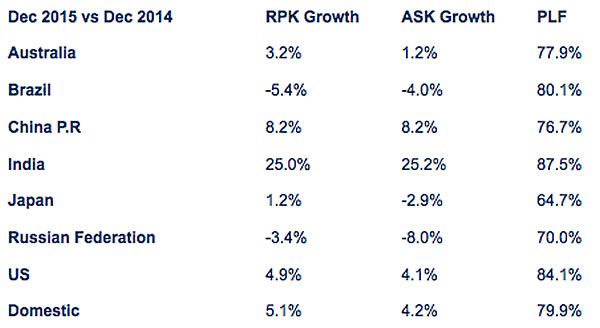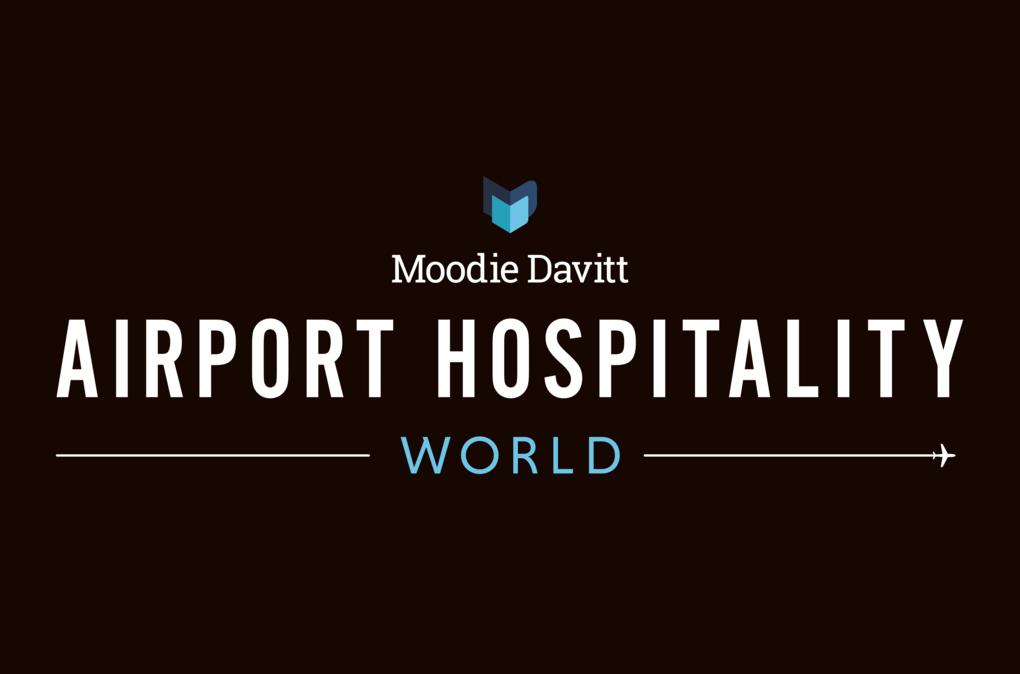INTERNATIONAL. Global passenger traffic rose +6.5% last year compared to 2014 – the strongest result since the post-global financial crisis rebound in 2010, according to the International Air Transport Association (IATA).
Measured in revenue passenger kilometres (RPKs), demand in 2015 was well above the 10-year average annual growth rate of +5.5%.
In its analysis of the result, IATA said that although economic fundamentals were weaker in 2015 compared to 2014, passenger demand was boosted by lower airfares. After adjusting for distortions caused by the rise of the US dollar, global airfares last year were approximately -5% lower than in 2014.
“Last year’s very strong performance, against a weaker economic backdrop, confirms the strong demand for aviation connectivity. But even as the appetite for air travel increased, consumers benefitted from lower fares compared to 2014,” said IATA Director General and CEO Tony Tyler.
Annual capacity rose +5.6% in 2015, with load factors up 0.6 percentage points to a record annual high of 80.3%. All regions experienced positive traffic growth in 2015, and carriers in the Asia Pacific region accounted for a third of the total annual increase in traffic.
 |
International passenger markets
International passenger traffic increased by +6.5% last year compared to 2014, IATA said, with capacity rising +5.9% and load factors up 0.5 percentage points to 79.7%. In Asia Pacific carriers recorded a demand increase of +8.2% compared to 2014, which was the biggest increase among the three largest regions. Demand was stimulated by a +7.3% increase in the number of direct airport connections in the region, resulting in time savings for travellers, IATA noted.
In Europe international traffic increased +5.0%. IATA partly attributed the result to a “pick-up in consumer spending in the Eurozone as well as a moderate increase in flight frequencies”. Demand rose +3.2% in North America, broadly unchanged from the growth achieved in 2014.
Middle East carriers achieved the strongest annual traffic growth at +10.5%. As a result, the share of international traffic carried by airlines in the region reached 14.2%, surpassing North America’s 13.4%.
Traffic rose +9.3% in Latin America in 2015. IATA noted that while key regional economies, particularly Brazil, have been struggling, overall traffic has been “robust”. Africa‘s airlines recorded the slowest annual demand growth, at +3.0%, but the association said this was a “significant improvement over the +0.9% annual growth achieved in 2014”.
Domestic passenger markets
Domestic air travel rose +6.3% in 2015, with all markets demonstrating growth. IATA said this was led by India and China, but there was “wide variance”. Capacity increased +5.2% and load factors were 81.5%, up 0.9 percentage points over 2014.
 |
IATA noted that Brazil’s domestic air travel rose just +0.8% in 2015, reflecting the country’s deteriorating economic situation. Traffic trended downward throughout the year, it reported.
The association also pointed out that US domestic traffic climbed +4.9% last year, “helped by solid economic growth”. It represents the fastest rate of increase since 2004 and the first time since 2003 that domestic traffic growth surpassed international growth. Load factors reached a domestic record high of 85.4%.







